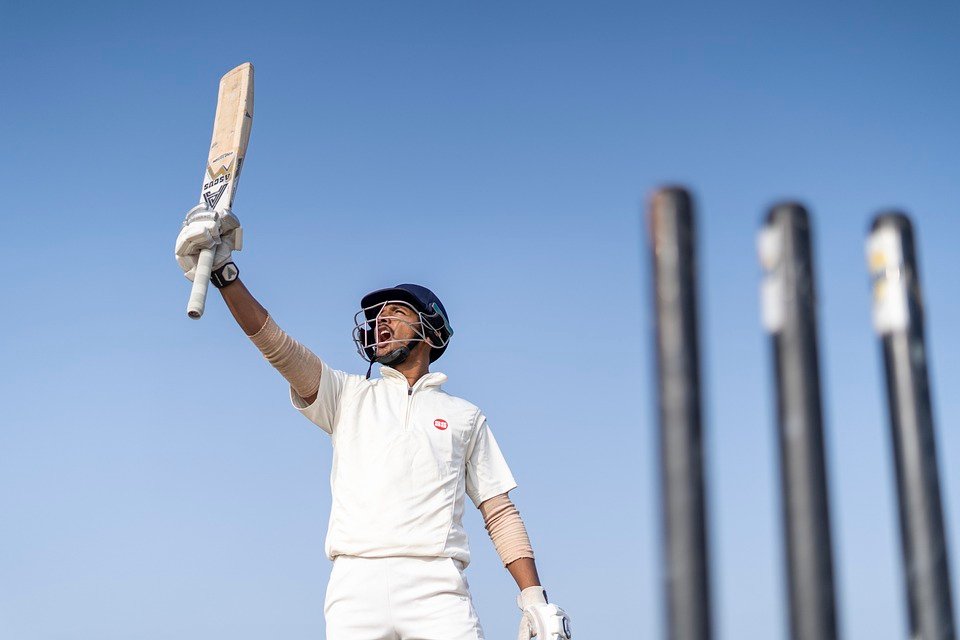In the realm of cricket, “Shoaib Akhtar critiques PCB hybrid model Champions Trophy 2025” has generated significant conversation among fans and experts alike. As a former fast bowler known for his outspoken views, Shoaib offers a unique perspective on the Pakistan Cricket Board’s (PCB) innovative approach in structuring the upcoming Champions Trophy. His critiques revolve around the effectiveness and logistical aspects of the hybrid model, which aims to combine traditional cricket formats with modern necessities. Throughout this article, I promise to bring you the latest updates and insights regarding Shoaib Akhtar’s views, making it easier for you to understand the implications of this new model on the future of cricket.
Looking ahead, I believe that Shoaib Akhtar’s critiques could lead to essential discussions that may shape the future of cricket in Pakistan and beyond. His perspectives could encourage necessary changes in how cricket events are managed, promoting transparency and efficiency. With over 10 years of experience providing insightful commentary and analysis on cricket and sports since 2013, we are committed to offering you accurate and engaging information on topics like “Shoaib Akhtar critiques PCB hybrid model Champions Trophy 2025.” We’re excited to share our expertise and provide you with the context and detail needed to really grasp Akhtar’s impact on the cricketing landscape.
Shoaib Akhtar Critiques PCB’s Hybrid Model for Champions Trophy 2025
The Hybrid Model Explained
The Pakistan Cricket Board (PCB) has proposed a rather intriguing hybrid model for hosting the Champions Trophy in 2025. This model suggests splitting the tournament’s matches between various venues in Pakistan and other countries. It sounds like a clever way to include international fanfare while ensuring local representation. However, many have voiced their concerns regarding how effective this model will be for Pakistan’s cricketing reputation.
Shoaib Akhtar, one of cricket’s most prominent figures, has expressed his thoughts on this model, raising questions about its feasibility. He believes that cricket should be played in one location to give it a focal point and generate excitement. It creates a certain environment that can turn a tournament into a grand festival. While the hybrid approach may allow for a broader audience, Akhtar wonders if it might dilute the essence of the Champions Trophy.
Akhtar’s critique highlights several key concerns about the hybrid model. According to him, the excitement of a tournament diminishes when matches are scattered across multiple venues. It can also lead to logistical challenges, which could undermine the cricketing experience for fans and players alike. In his view, it’s not just about filling stadiums; it’s about creating an atmosphere that provides genuine enthusiasm and engagement.
Moreover, Akhtar fears that the hybrid model may confuse fans. If matches are happening in different locations, it could become harder for supporters to rally around their teams. Having a central venue builds community and a shared experience, something he believes could be lost in this proposed format. I can see where he’s coming from; the idea of a united fanbase cheering together at one location feels much more exhilarating.
Fan engagement plays a vital role in the success of any sporting event. When fans feel connected to a tournament, the energy in the stadium surges, creating an unforgettable atmosphere. Akhtar argues that hosting the Champions Trophy entirely in one place encourages better fan participation. He feels this is essential for fostering lasting memories and traditions that bind fans to their teams and players.
It’s important to remember that cricket is more than just a game; it’s a celebration that brings people together. By locating all the matches in a single country or city, the PCB opens the door to creating vibrant festivities around the tournament. I believe the focus should be on enhancing the live experience for fans, encouraging them to wear their team colors proudly and share their stories.
The economic implications of the hybrid model have also sparked debate. Hosting a major tournament like the Champions Trophy is a significant opportunity for revenue generation. Akhtar warns that spreading out the matches could impact local businesses that depend on fixed events for income. The economic benefit of a concentrated sporting event often surpasses what a dispersed model can offer.
Additionally, the PCB could miss out on the chance to showcase Pakistan as a cricketing hub. By concentrating events in one place, the nation can highlight its culture, hospitality, and love for the sport. This could attract not just local tourists but also international visitors, boosting the economy in a single surge. It stands to reason that maximizing exposure in a concentrated area yields stronger financial returns.
When reflecting on previous tournaments, you can’t help but notice the fervor surrounding them. For example, tournaments held entirely in one country, like the 1996 World Cup in the subcontinent, created an electrifying energy that resonated with fans. Akhtar draws comparisons with these previous experiences and underlines how they evoke a sense of nostalgia for fans and players alike, establishing a deeper emotional connection.
Contrasting this with the hybrid model reveals a stark difference in experiences. A single location fosters a unified spirit among fans, making melodies of chants echo louder, whilst dispersed venues tend to weaken this collective energy. Reflecting on past tournaments serves to remind us of the beauty found in unity during these competitive festivities.
Cricket doesn’t just connect fans; it builds communities. Akhtar emphasizes how a centralized tournament can bring people together, from families sharing a day out to friends reuniting over a match. This closeness can enhance the overall sense of camaraderie, something he views as essential to cricket’s fabric. In his opinion, the Champions Trophy provides a platform to strengthen not just fan support but also local communities.
Through the hybrid model, there’s a risk that communities may splinter, as matches happen far and wide, reducing the collective participation. I think that fostering connections through sport is invaluable. The shared experiences at matches contribute to a rich tapestry of stories that generations remember and celebrate. If the energy of cricket can unite people, why would we want to create divides?
Looking ahead, Akhtar envisions a bright future for cricket in Pakistan. However, he believes the PCB must think critically about how to present and organize tournaments like the Champions Trophy. He hopes that insights from the critiques will guide decision-makers toward practices that enhance the game, boost local fans’ spirits, and cultivate cricket for years to come.
With over ten years of experience in the cricket and sports field, encompassing various perspectives and innovations, it’s crucial to understand what works. The ongoing dialogue about the hybrid model is just one step toward refining how cricket can evolve in Pakistan. My heart goes out to Pakistan cricket, as I truly believe it has the potential to soar to new heights, bringing together fans and communities in ways that deserve to be celebrated.





